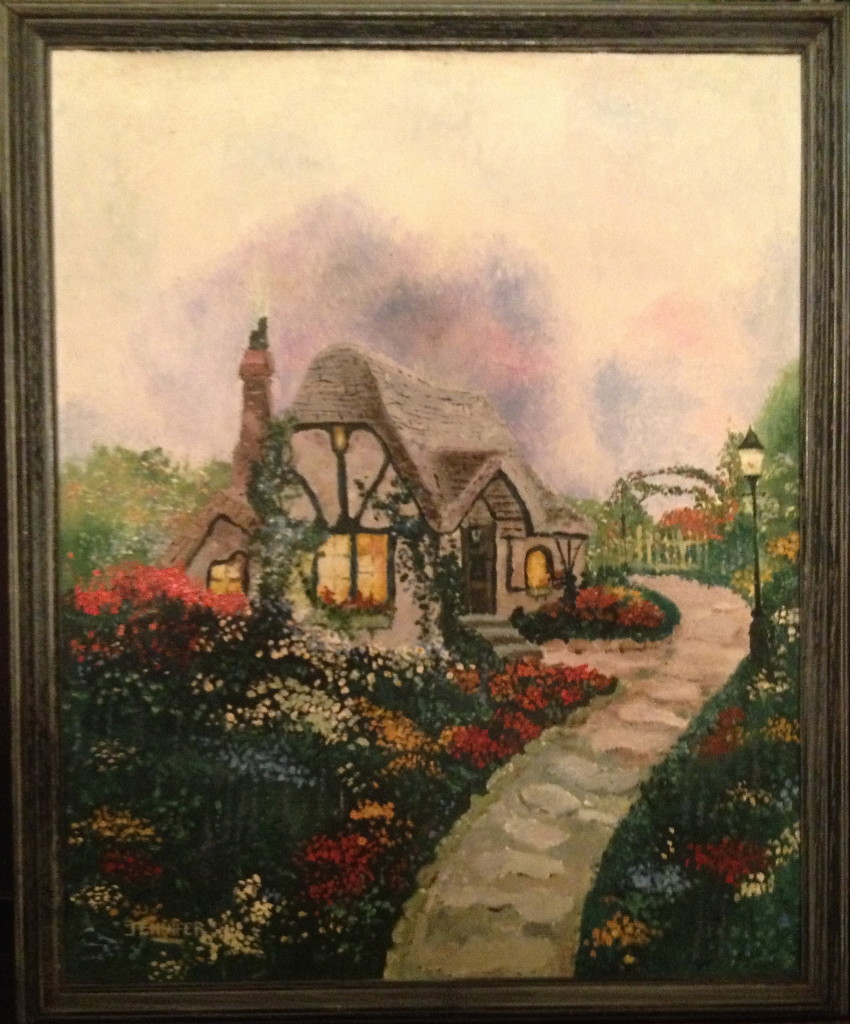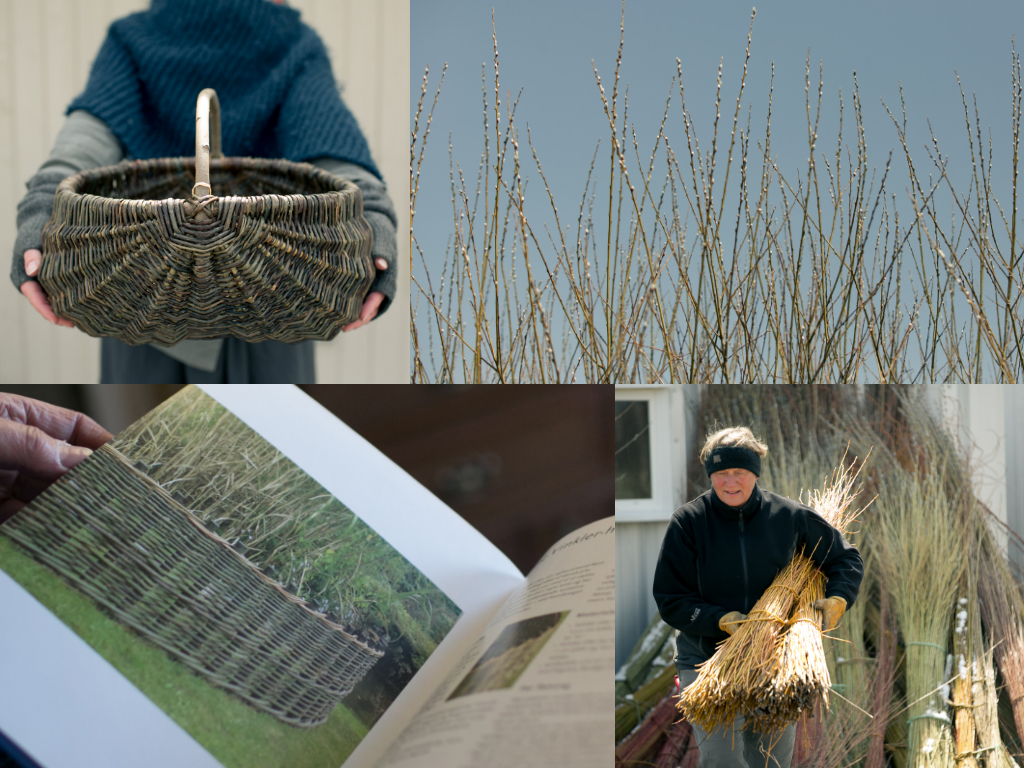In the autumn of 1990 when I was in grade ten, my mother surprised me with a question. Out of the blue she asked “Would you like art lessons?”
Me: What?!
Her: Art lessons!
Me: I thought we were broke?
And we were broke, but she insisted, and anyway, it was only fair because my sister had piano lessons, I should have lessons too, she reasoned.
A logical conclusion.
Still, it didn’t make a whole lot of sense. But that was my mother … logic didn’t always apply.
At that time, I had a bus pass for getting around the city, which I appreciated greatly since our 1984 Hyundai had recently experienced a horrific and painful demise. Cause of death: A seized transmission. Reason: No one wanted to talk about that, but it had something to do with fluid – or lack of it. My mother cashed it in for scrap metal and from that point on, my sister and I became well acquainted with public transportation and highly skilled at “bumming rides”.
Then my mother got some bad news from the doctor. The cancer was back and it had travelled since it’s first visit 10 years earlier. This time, it made residence in her bones, settling in for an extended visit. The four of us – my mother, my sister, the cancer and I – had no car, no money and a whole lot of bad news to distract us from feeling sorry for ourselves. So we kids did what anybody would do in our circumstance – we focused our attention on piano and painting, while my mother put all of her extra energy into lunch dates and musical concerts with her friends. I wasn’t entirely sure that this was the smartest thing to be doing, but it did make us feel a little better.
I really didn’t need much time to think about the art lessons. I had heard that local painter Ann LeFrancois taught privately. Immediately, I began Thursday night classes. At the time, I didn’t compute that the $40 per lesson rate was equivalent to our entire weekly grocery budget!! (That’s about $75 today!).
Sometimes, I walked the one hour distance, but when the sun was low in the sky and the sidewalk snow-covered, I used my bus pass to get to Ann’s basement art studio. I never missed a class. Nothing could keep me away from the bliss of being there. Using oil paints for the very first time, my easel and canvas propped in front of me, paints and brushes to my right, it was nothing short of heaven.
I had asked my mother what she thought I should paint and she suggested I attempt to replicate a Thomas Kincade painting of an english cottage scene with a stone pathway, gate and lantern surrounded by a sea of wildflowers. It would seem that the english cottage was a dream of hers and this was her best shot at realizing it – by having her 15 year old daughter attempt to paint it. On a canvas. For her, dreaming of a better life was serious business – especially when charming cottages and fields of blooms were at stake. I said I would do my best and that it would be for her.
The giant white canvas that I was given in my class was very intimidating and I have to admit that I was pretty scared to touch it. I worried that dipping my paintbrush into the paint and pressing it to the pristine canvas would sully it. We might all be better off if the canvas stayed white, clean and perfect.
Still, I dipped and brushed. Soon I found myself in a beautiful rhythm, a bubble of space and time where it was just me, my brush and that canvas moving in unison toward a common goal.
Every now and then, Ann, my teacher, would stand beside me to give valuable pointers. She was a woman of few words, but what she spoke I can still remember today.
In her French accent she said, “A painting is made from many tiny brushstrokes. Pay attention to each one and make it beautiful.”
At first I didn’t fully get what she meant.
As the sun continued to sink into winter weariness, I was traveling to and from my class in darkness. Gradually though, an understanding was dawning. The awareness that each time I mixed the colour, dipped and brushed that little blob of paint onto the canvas, it was IMPORTANT. The detail of each single brush stroke mattered very much. Each one needed to stand on it’s own merit. It’s as though the painting would collapse if it didn’t have proper support from the details.
At the same time, I had to mind the big picture. I shouldn’t let myself get so wrapped up in the details so as to forget to take a step back. She directed me to squint my eyes a little bit to make the picture hazy. Fuzzy-like, I would see the colours and balance in a very different way. Less judgmental, perhaps. That was important too.
Ann drilled these ideas into me during my lessons. Week after week she would repeat the same words to me until it began to sink in. Mind the details. Mind the big picture.
The details WERE the big picture.
A little pebble in my pocket, I have carried this bit of advice with me into my adult life and working career and have found it to be an eternally applicable concept. Her words have come to me quietly while creating countless floral bouquets and centrepieces. In moments of frustration or lack of focus, I hear her voice – the end result is only as strong and as beautiful as the details. Knitting, sewing, painting, gardening … even life. Whatever the practice or however insignificant the moment may seem, Ann’s advice resonates and continues to be fresh and poignant. I truly need those words … and that’s precisely why I remember them.
Ann’s guidance was definitely worth the $40 per week that my mother sacrificed. Honestly, I don’t know how she afforded those lessons, but I’m certainly glad she did. At a time when she had every good reason to be more prudent with money, she splurged. It didn’t make sense, but that’s exactly what makes my mother’s actions so beautiful to me. I see her love for me in the nonsense. She cared enough to nurture my artistic passion to the point of senselessness. She also had her own experiences. Or lack of them. She knew first-hand what was at stake when when creativity was oppressed.
When the snow melted and the daffodils were starting to push up in little mounds by the sidewalk, my work of art was dry and ready to travel. The painting and I voyaged together one evening on the city bus. My mother had no idea what to expect since I hadn’t brought it home once in all that time. When she finally saw it, her heart nearly burst open with pride. Maybe she even forgot about the cancer for a split second. Her english cottage was finally a reality and, for her, it was perfect. She had it framed and hung it in the most prominent place in our house – the front foyer. My mother made it her mission to immediately inform everyone who passed through the front door about the picture hanging on the wall and the fact that her daughter had painted it.
I still have the painting and while it’s never going to hang in a museum (or even a prominent place in my own home), it continues to brings me joy. Mainly because it reminds me of what I learned when I painted it.
Empty canvases. Tiny brushstrokes. Ticks on a clock. Moments added together, gradually becoming something beautiful. My life, a work of art.
I wonder what Ann, the art teacher, would think. Twenty-four years later her words continue to impact me both creatively and philosophically. It would seem that the money was spent wisely after-all.
I can hear my mother saying “Well, that was good bang for the buck!”


